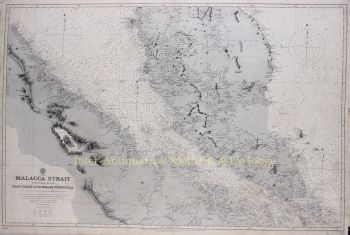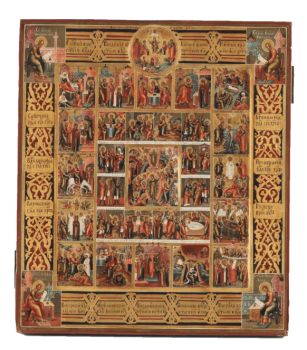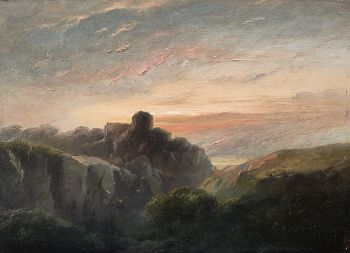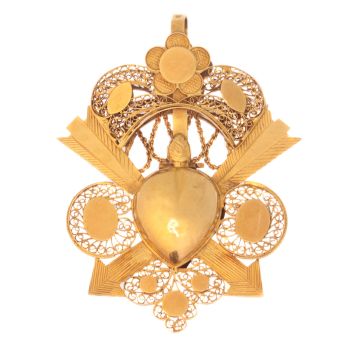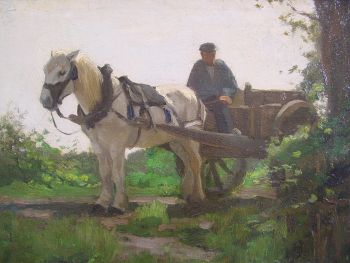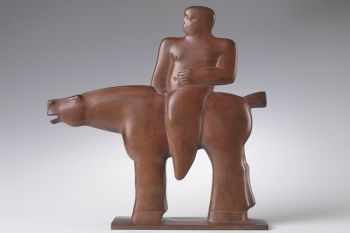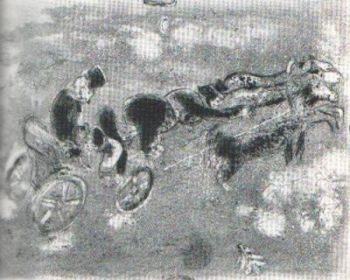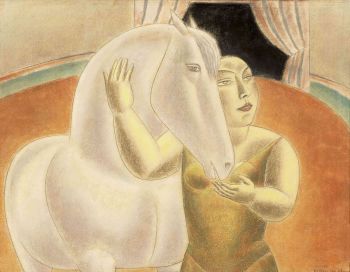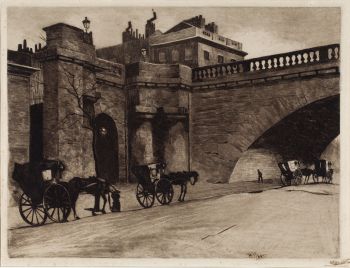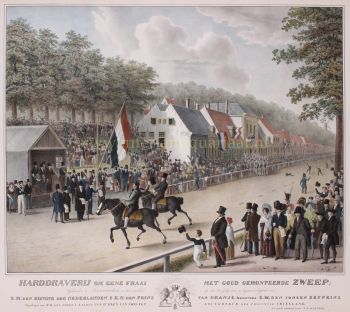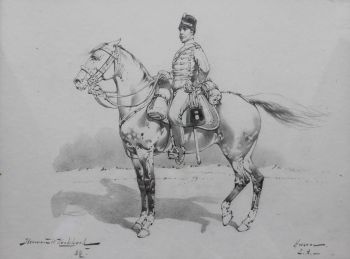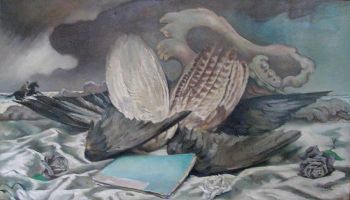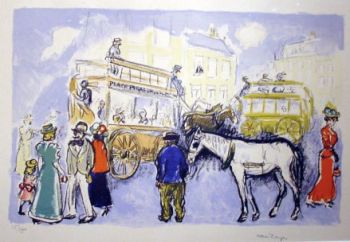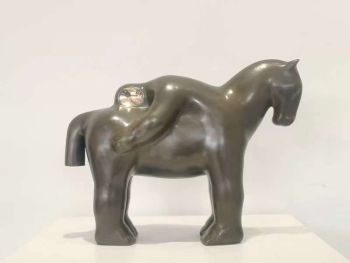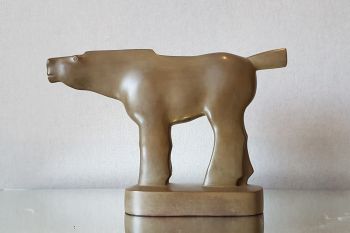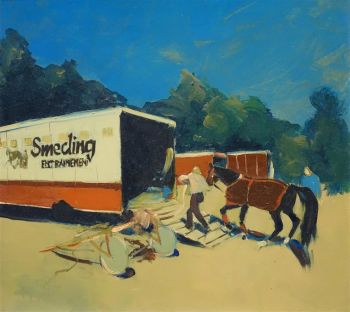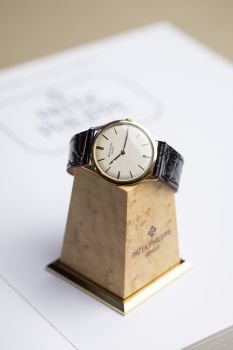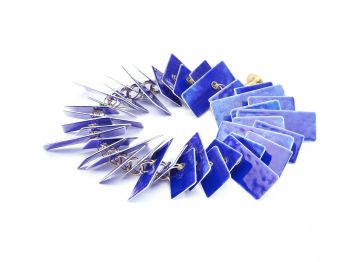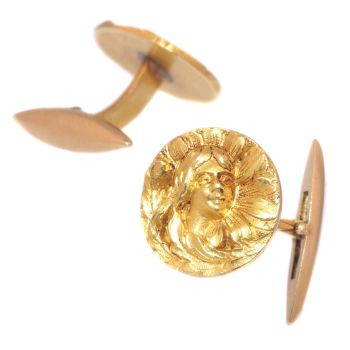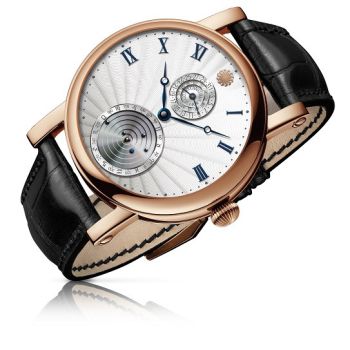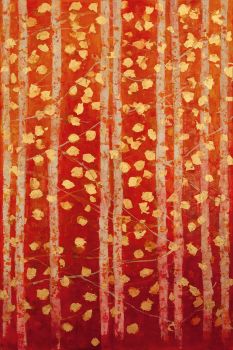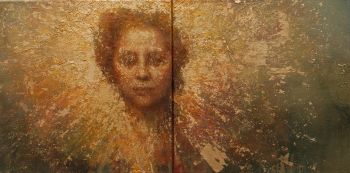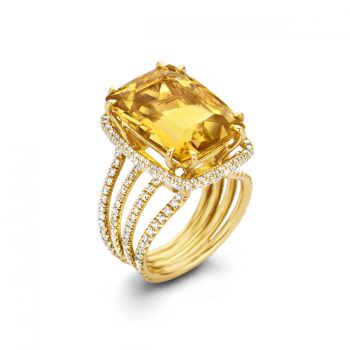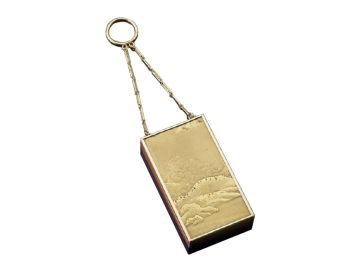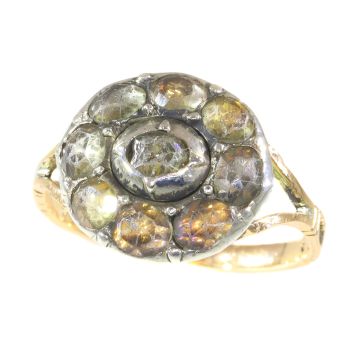Vintage 18K Gold Horse Pendant Seal: Victorian Elegance 1840
Artista Desconocido
Oro
€ 4.250
Adin Fine Antique Jewellery
- Sobre la obra de arte
An exquisite vintage antique pendant seal from around 1840, featuring a standing horse with a raised foreleg, crafted in 18K yellow gold. This piece hails from the Romantic Victorian Period, a time of sentimental and symbolic designs inspired by QueenVictoria's love and devotion. The horse, a universal symbol of freedom, is beautifully rendered in this pendant, reflecting the era's intricate craftsmanship. Enhanced by a single carnelian stone, this pendant combines historical charm with artisticelegance. In very good condition, it likely originates from France or Belgium, as suggested by its hallmarks. A remarkable treasure for any collection.
Antique jewelry object group
pendant / seal
Condition
very good condition
more info on our condition scale
Country of origin
France or Belgium (see explanation on hallmarks further in text)
Style
Early-Victorian - Victorian decorative arts refers to the style of decorative arts during the Victorian era. The Victorian era is known for its eclectic revival and interpretation of historic styles and the introduction of cross-cultural influencesfrom the middle east and Asia in furniture, fittings, and Interior decoration. Victorian design is widely viewed as having indulged in a regrettable excess of ornament. The Arts and Crafts movement, the aesthetic movement, Anglo-Japanese style, and ArtNouveau style have their beginnings in the late Victorian era.
See also: early-Victorian
more info on styles
Style specifics
The Romantic Victorian Period - Experts divide the reign of Queen Victoria, also called The Victorian era (1837 - 1901) in to three periods of about twenty years each; The Romantic Victorian Period (1837 - 1860), The Grand Victorian Period (1860 -1880), and the Late or Aesthetic Victorian Period (1880 - 1901).
We consider this to be of the Romantic Victorian Period. This period covers the coronation of Victoria as Queen of Great Britain and Ireland, and her marriage to King Albert and their love, their devotion to their marriage and to their country are thesources of inspiration for this period. The jewels of this period are made of intricate carvings, special techniques where the enamel is subtly worked. These techniques allowed to give the jewel a certain opulence with less precious metal needed. Asprecious metals were really rare at that time. Highly favored (semi-) precious stones in this period are amethyst, coral, garnets, seed pearls and turquoises. The connotation is obviously sentimental, symbolic and romantic with reminiscent Gothic and/orRenaissance patterns and an abundant use of motifs like anchors, birds, branches, crosses, hearts and snakes.
Period
ca. 1840
Events & facts of this era, poetry of this era, fashion of this era.
Source of inspiration
Mother Nature
Theme
Horses - The horse is a universal symbol of freedom without restraint, because riding a horse made people feel they could free themselves from their own bindings.
Material 18K
yellow gold (touchstone tested)
more info on precious metals
Precious stones
One carnelian
Birthstones
Cornelian is the birthstone (or month stone) for July.
more info on birthstones
Hallmarks
The control mark here represents a horse’s head and was in use in Belgium from 1831 and in France from about 1838.
more info on hallmarks
Dimensions
3,20 cm (1,26 inch) x 2,65 cm (1,04 inch) x 1,89 cm (0,74 inch)
see picture with a ruler in millimeters and inches
Weight
8,90 gram (5,72 dwt)
Adin Reference Nº
24106-0277
Copyright photography
Adin, fine antique jewellery
Additional information
our latest acquisitions
jewelry glossary
wall of fame
visit us in Antwerp
subscribe to our mailinglist
- Sobre el artista
Puede suceder que un artista o creador sea desconocido.
Algunas obras no deben determinarse por quién está hecho o por (un grupo de) artesanos. Algunos ejemplos son estatuas de la Antigüedad, muebles, espejos o firmas que no son claras o legibles, pero también algunas obras no están firmadas en absoluto.
También puedes encontrar la siguiente descripción:
•"Atribuido a …." En su opinión, probablemente una obra del artista, al menos en parte.
•“Estudio de….” o “Taller de” En su opinión, una obra ejecutada en el estudio o taller del artista, posiblemente bajo su supervisión
•“Círculo de…” En su opinión, una obra del período del artista que muestra su influencia, estrechamente asociado con el artista pero no necesariamente su alumno.
•"Estilo de …." o “Seguidor de…”. En su opinión, una obra ejecutada al estilo del artista pero no necesariamente por un alumno; puede ser contemporáneo o casi contemporáneo
•"Manera de …." En su opinión una obra al estilo del artista pero de fecha posterior
•"Después …." En su opinión, una copia (de cualquier fecha) de una obra del artista
•“Firmado…”, “Fechado…” o “Inscrito” En su opinión, la obra ha sido firmada/fechada/inscrita por el artista. La adición de un signo de interrogación indica un elemento de duda.
•“Con firma…”, “Con fecha…”, “Con inscripción…” o “Lleva firma/fecha/inscripción” en su opinión la firma/fecha/inscripción ha sido añadida por alguien que no es el artista
¿Está interesado en comprar esta obra de arte?
Artwork details
Related artworks
Artista Desconocido
UITGEBREIDE FEESTDAGENIKOON MET PASSIECYCLUS19th century
Precio a consultarHeutink Ikonen
1 - 4 / 12- 1 - 4 / 24
- 1 - 4 / 24
Willem Witsen
Waiting carriages in front of Waterloo Bridge1850 - 1900
Precio a consultarKunsthandel Pygmalion
1 - 4 / 24Christiaan van der Kaauw
PR CVDK CKPT1124 Rose Planetarium Horloge 2023
Precio a consultarHa-Juweliers
Mauboussin
Broche de lazo Mauboussin1950 - 1955
Precio a consultarAns Hemke-Kuilboer Juwelier & Antiquair
Artista Desconocido
A superb Indonesian royal gem-set gold overlaid silver betel box19th century
Precio a consultarZebregs & Röell - Fine Art - Antiques
1 - 4 / 24- 1 - 4 / 12








